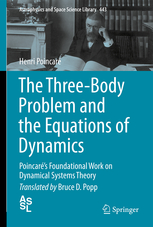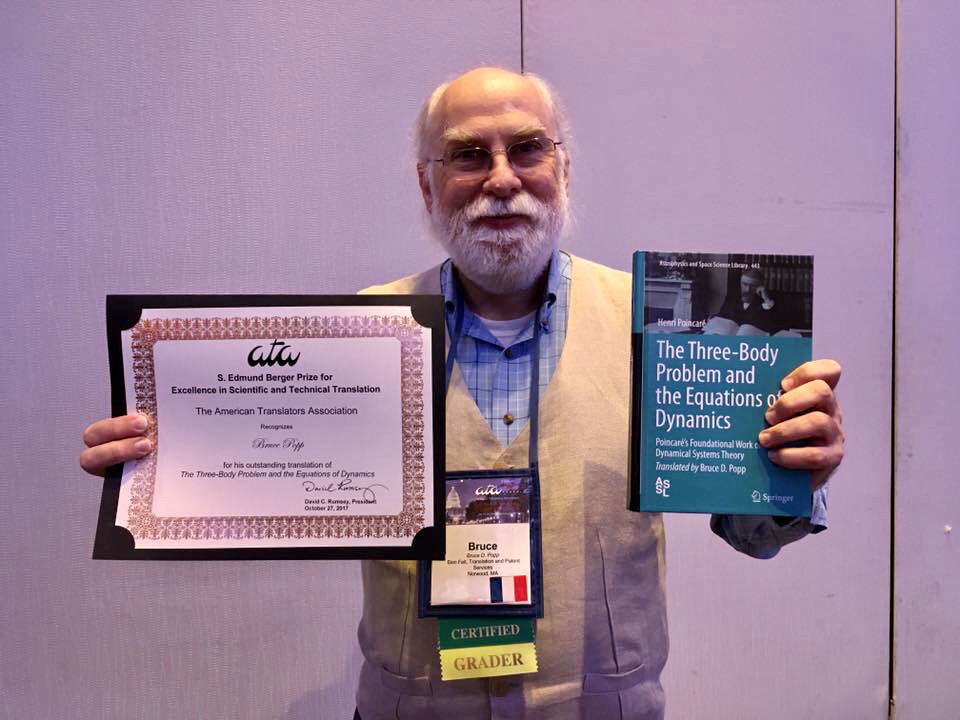
by Bruce Popp
As professional French-into-English translators, we commonly encounter the French historical present tense in meeting minutes and reports of clinical cases written by doctors. In these documents, the writers use the present tense (and thereby avoid repeated use of the passé composé and imparfait) to describe events that occurred sometime earlier. To my mind this can seem like some kind of historical reenactment. “We are standing next to the village green in Lexington. On one side Capt. Parker is steadying his company of colonial militia and on the other the vanguard of the King’s Own 10th Regiment of Foot is marching into sight.”
We deal with the French historical present tense by translating it into a past tense in English. This reflects how the corresponding documents would be written in English by a US native speaker. “The patient, a 58-year-old female, was seen in the emergency department.” “The meeting was called to order and the minutes from the previous meeting approved.”
I recently encountered a couple examples where the people preparing the translations failed to recognize and correctly handle the French historical present. Let me start by explaining the context in which I encountered these errors and then showing them to you.
After translating one book by Poincaré and signing a publishing contract, I wanted to continue my relationship with Poincaré so I started to look at what to translate next. I decided to look at an article he wrote in 1905. An enormous amount has been written about this article comparing it to one published in the same year by Albert Einstein that became the recognized foundation for the theory of special relativity. (I’ve looked at some of these comparisons; they read like a description of a tennis match: Einstein said there’s no ether and Poincaré said the ether is undetectable, but the two statements amount to the same thing? 15-15.)
There are in fact three published translations of this article by Poincaré from 1905. So far I’ve only looked at two; I’ve been too cheap to pay for a copy of the third article. I quickly realized the both translations had a mistake in their translation of the first sentence.
The first sentence in Poincaré’s article is, “Il semble au premier abord que la lumière et les phénomènes optiques et électrique qui s’y rattachent vont nous fournir un moyen de déterminer le mouvement absolu de la Terre, ou plutôt son mouvement, non par rapport aux autres astres, mais par rapport à l’éther.”
In the translation by SW, this sentence reads “It seems at first that the aberration of light and related optical and electrical phenomena will provide us with a means of determining the absolute motion of the Earth, or rather its motion with respect to the ether, as opposed to its motion with respect to other celestial bodies.”
In the translation that appears in a book by CWK, the sentence reads “It would seem at first sight that the aberration of light and the optical and electrical effects related thereto should afford a means of determining the absolute motion of the earth, or rather its motion relative to the ether instead of relative to the other celestial bodies.”
The next two sentences (still written by Poincaré in the same tense) refer to two experiments respectively by Fresnel in the 1870s and Michelson in 1887 that tried to use “un moyen de déterminer” and produced conclusive, negative results. Therefore, historically Poincaré while writing in 1905 was describing an idea that might have been held in the late 1860s, but was no contradicted by experiment.
Despite this historical clue, the people providing these two translations failed to realize that Poincaré was using the historical present tense. I translated the sentence as, “On first consideration it seemed that the aberration of light and the optical phenomenon associated with it were going to provide us a means for determining the absolute movement of the Earth or more accurately its movement, not with respect to other stars, but with respect to the ether.”
Bruce D. Popp, Ph.D. is a French into English scientific and technical translator.
 At the 58th ATA Conference held last month in Washington, D.C., Dr. Bruce Popp (pictured below) was awarded the S. Edmund Berger Prize for his translation of Henri Poincaré’s classic work Sur le problème des trois corps et les équations de dynamique, thus achieving one of his goals of making Poincaré’s classic accessible. Bruce himself gave us a glimpse into his process in a previous À Propos article here.
At the 58th ATA Conference held last month in Washington, D.C., Dr. Bruce Popp (pictured below) was awarded the S. Edmund Berger Prize for his translation of Henri Poincaré’s classic work Sur le problème des trois corps et les équations de dynamique, thus achieving one of his goals of making Poincaré’s classic accessible. Bruce himself gave us a glimpse into his process in a previous À Propos article here.
